News and bits of interest
-

Asymmetry Detected in the Distribution of Galaxies
Two new studies suggest that certain tetrahedral arrangements of galaxies outnumber their mirror images, potentially reflecting details of the universe’s birth. But confirmation is needed. Physicists believe they have detected a striking asymmetry in the arrangements of galaxies in the sky. If confirmed, the finding would point to features of the unknown fundamental laws that…
-
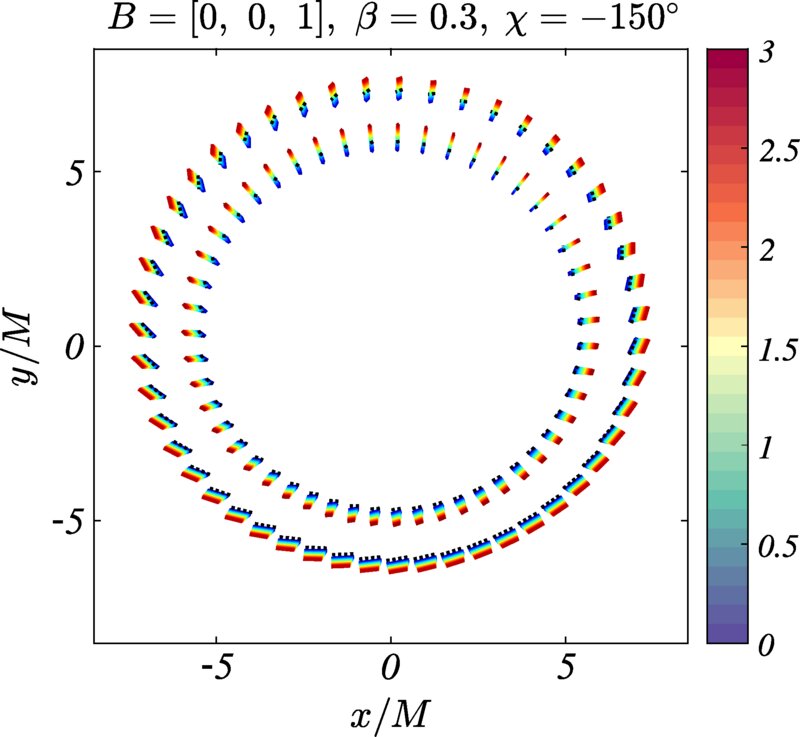
Researchers suggest that wormholes may look almost identical to black holes
Why haven’t we found wormholes? It might be because they look just like blackholes! A group of researchers at Sofia University has found evidence that suggests the reason that a wormhole has never been observed is that they appear almost identical to black holes. In their paper published in the journal Physical Review D, , Petya Nedkova,…
-
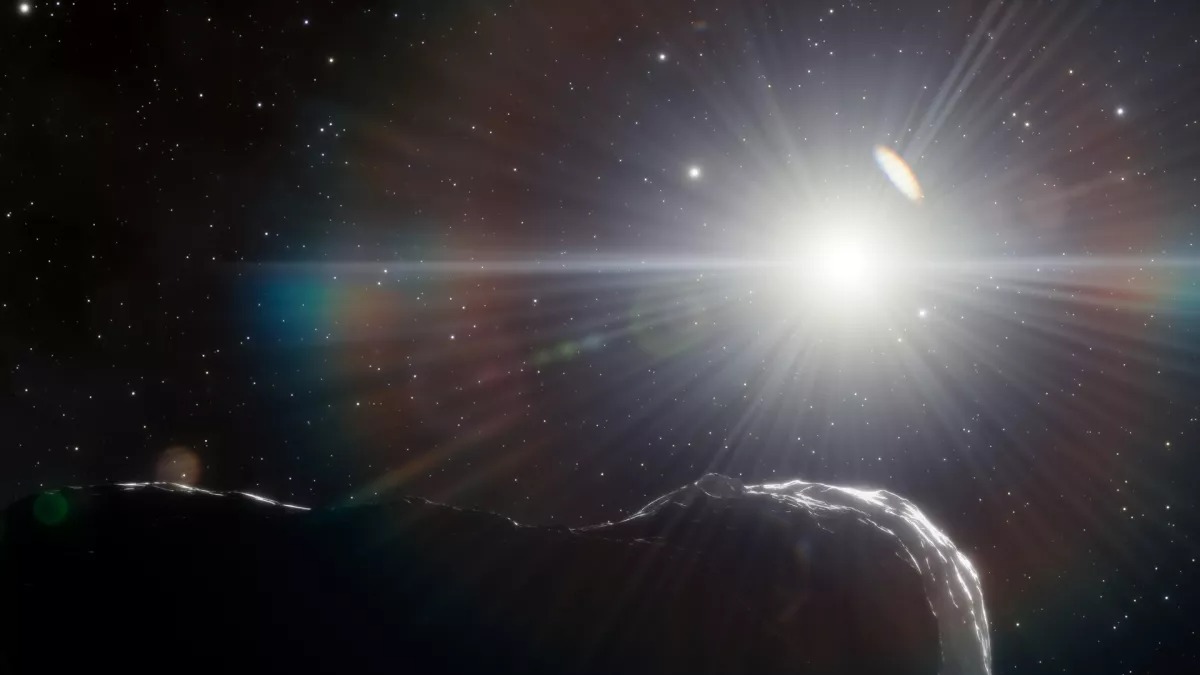
‘Planet killer’ asteroid found hiding in sun’s glare
Is this isn’t a worry, I don’t know what is! Astronomers have discovered a giant asteroid hiding in the glare of the sun that might one day cross paths with Earth The 0.9-mile-wide (1.5 kilometers) asteroid is the largest potentially hazardous asteroid spotted in the past eight years and astronomers have dubbed it a “planet killer” because…
-
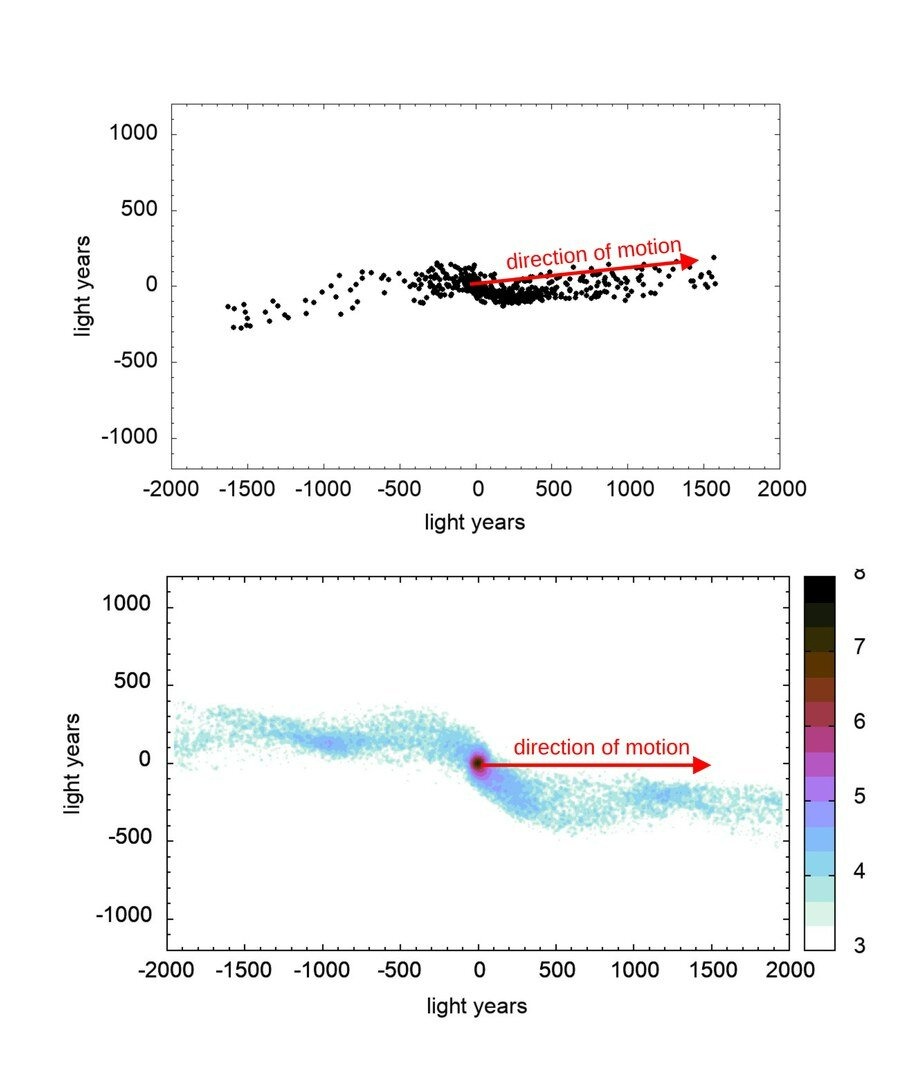
Astrophysicists make observations consistent with the predictions of an alternative theory of gravity
An international team of astrophysicists has made a puzzling discovery while analyzing certain star clusters. The finding challenges Newton’s laws of gravity, the researchers write in their publication. Instead, the observations are consistent with the predictions of an alternative theory of gravity. However, this is controversial among experts. The results have now been published in…
-
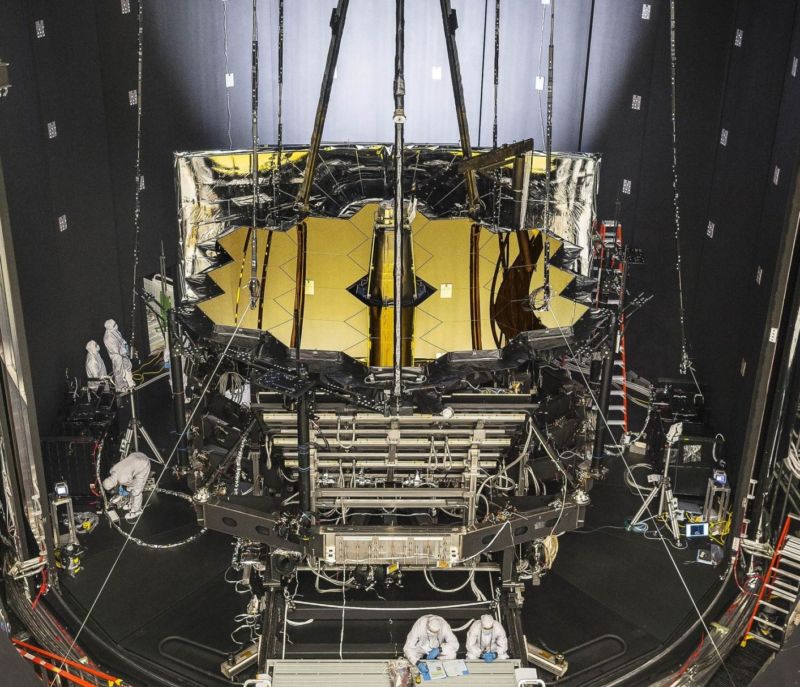
NASA scientists say images from the Webb telescope nearly brought them to tears
Six months have passed since a European rocket lofted the James Webb Space Telescope into orbit. Since that time, the ultra-complex telescope has successfully unfolded its expansive sunshield, commissioned its science instruments, and reached an observation point more than 1 million km from Earth. This white-knuckle period in space followed nearly two decades of effort…
-

Liquid mirror telescope opens in India
A unique telescope that focuses light with a slowly spinning bowl of liquid mercury instead of a solid mirror has opened its eye to the skies above India. Such telescopes have been built before, but the 4-meter-wide International Liquid Mirror Telescope (ILMT) is the first large one to be purpose-built for astronomy, at the kind…
-
Launch of NASA’s Psyche asteroid mission delayed to late September
The launch of NASA’s Psyche asteroid mission, which was set for Aug. 1 on a SpaceX Falcon Heavy rocket, has been delayed to no earlier than Sept. 20 after ground teams discovered an issue during software testing on the spacecraft, officials said Monday. The robotic asteroid explorer arrived at NASA’s Kennedy Space Center in Florida…
-
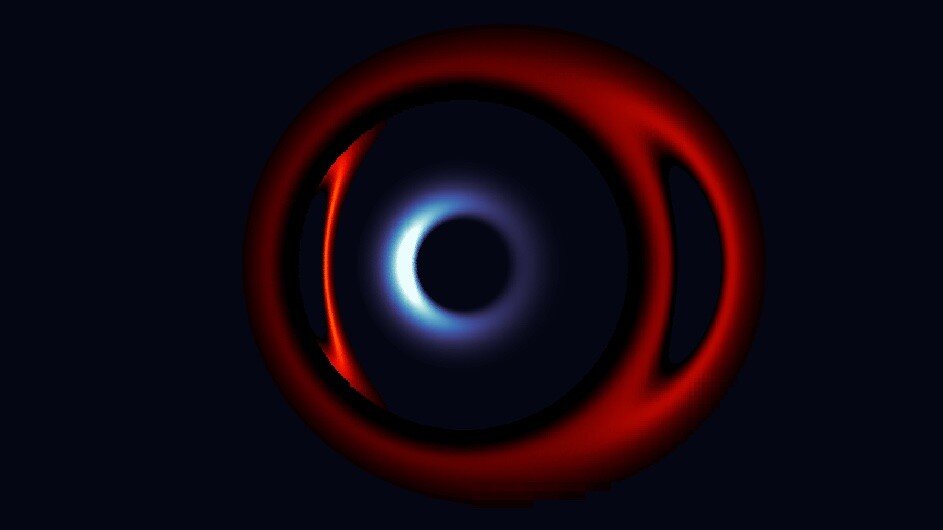
In a pair of merging supermassive black holes, a new method for measuring the void
Three years ago, the first ever image of a black hole stunned the world. A black pit of nothingness enclosed by a fiery ring of light. That iconic image of the black hole at the center of galaxy Messier 87 came into focus thanks to the Event Horizon Telescope, a global network of synchronized radio…
-
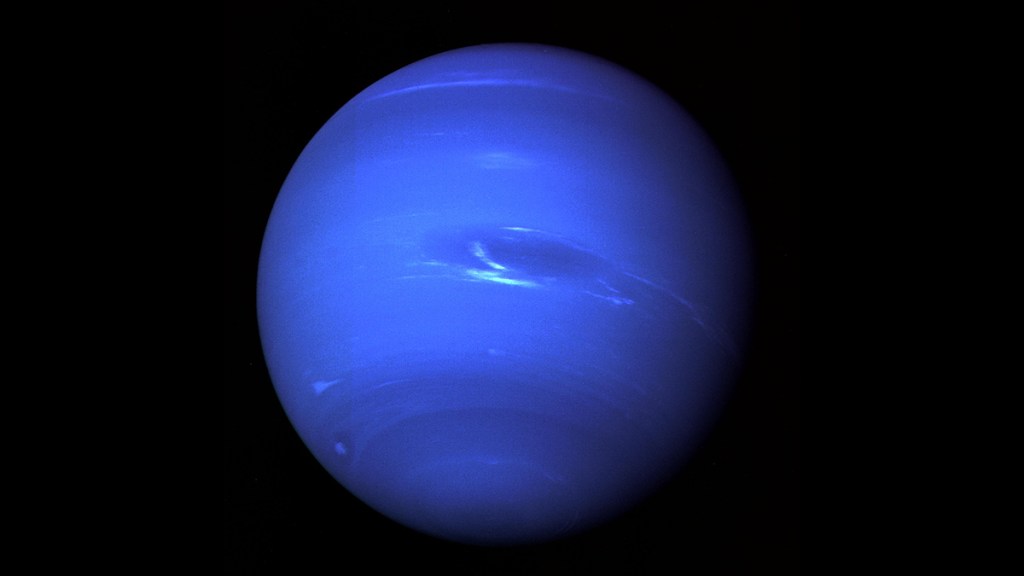
Diagnosing Neptune’s Chilly Summer
Read more here Neptune
-

Subatomic particle seen changing to antiparticle and back for the first time
Physicists have proved that a subatomic particle can switch into its antiparticle alter-ego and back again, in a new discovery revealed today. The extraordinarily precise measurement was made by UK researchers using the Large Hadron Collider beauty (LHCb) experiment at CERN. It has provided the first evidence that charm mesons can change into their antiparticle…
-

Astronomers capture surprising changes in Neptune’s temperatures
An international team of astronomers have used ground-based telescopes, including the European Southern Observatory’s Very Large Telescope (ESO’s VLT), to track Neptune’s atmospheric temperatures over a 17-year period. They found a surprising drop in Neptune’s global temperatures followed by a dramatic warming at its south pole. – More here –
-
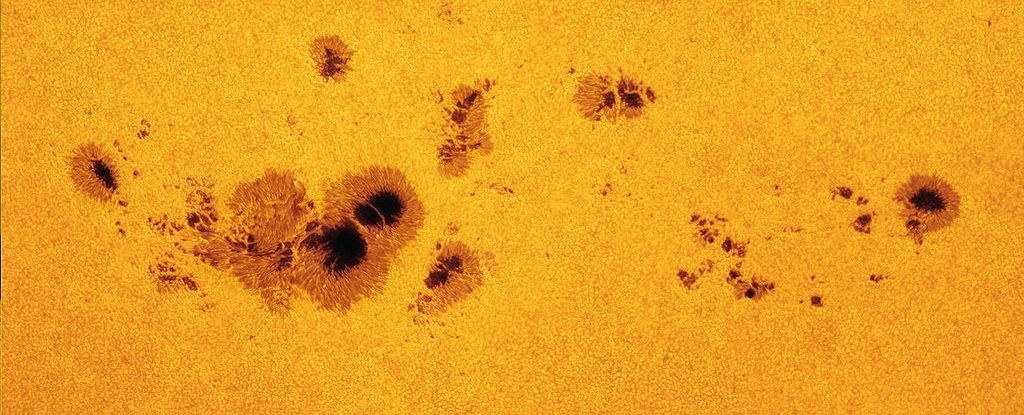
Sunspots are increasing at an unexpected rate
Weather on the Sun is always tricky to predict accurately, however it’s looking like the upcoming Solar Maximum could be worth keeping an eye on! In fact, sunspot counts have been consistently higher than predicted levels since September 2020. This could mean that, in contrast to predictions, the Sun is in the swing of an…
-

World’s Most Powerful Solar Telescope Reaches Historic Milestone as First Science Observations Commence
On Wednesday, February 23, 2022, the U.S. National Science Foundation’s Inouye Solar Telescope commenced its first science observations, signaling the start of its year-long operations commissioning phase and a new era of solar science. The world’s largest solar telescope is now the cornerstone of a mission to advance our knowledge of the Sun and poised…
-
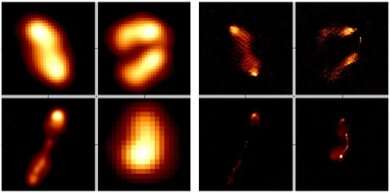
The universe is in much sharper focus with new algorithms and supercomputers
With new algorithms and supercomputers, an incredibly detailed radio map of the universe has been created. Now astronomers can look at radio data of galaxies with much more precision. This research was published in Nature Astronomy by Leiden University Ph.D. student Frits Sweijen and colleagues. “This single map has almost as many pixels as previous maps of…
Visit my work – bintel.com.au
Categories